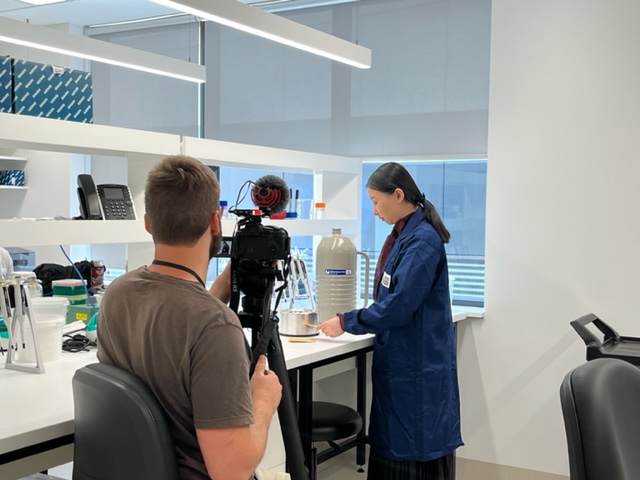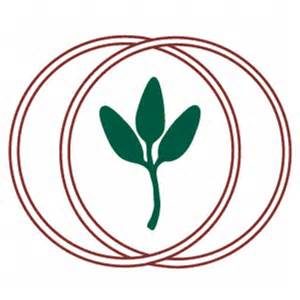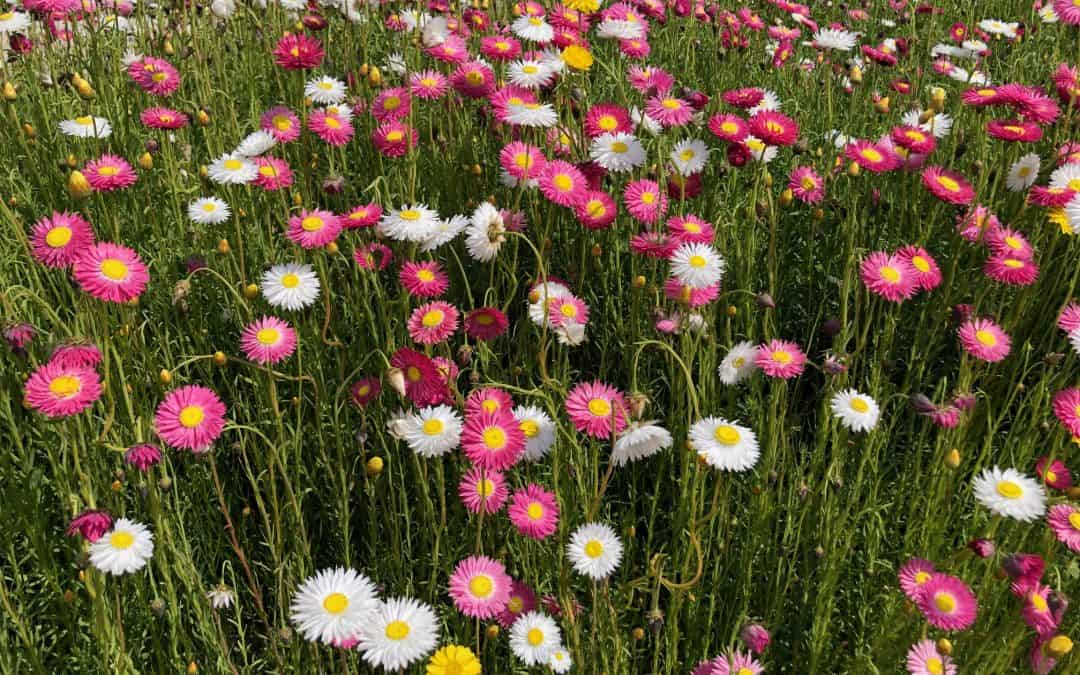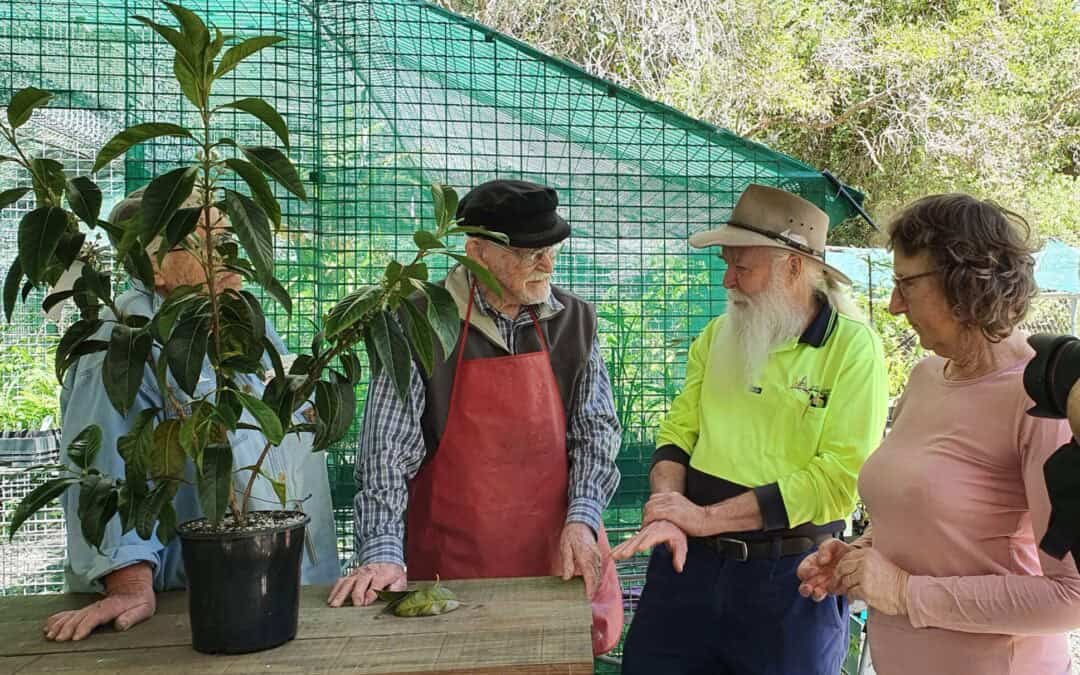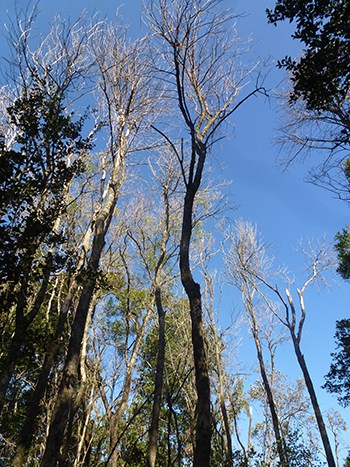
Nov 25, 2022 | News
Filming has begun for our upcoming video on the ‘safe custody for Native Guava’ project. This scene was captured at one of our project partner sites, the Lismore Rainforest Botanic Gardens in northern NSW. This project is supported by funding from the Australian Government. Image by Chantelle Doyle

Nov 25, 2022 | News
From Nov 2022 – April 2023 we are raising funds for our work on Myrtle Rust. Myrtle Rust infects hundreds of species in the Myrtaceae family, which includes our bottlebrushes, paperbarks, lilly pillies, and eucalypts. Since this disease was introduced to Australia in 2010, 5 native plants have jumped straight to the ‘Critically Endangered’ category as a direct result of the disease, and are faced with extinction in the wild in the very near future. A further 20 – 30 Australian native species are known, or suspected, to also be in decline, and over 300 more are known to be susceptible to a lesser degree. This number will rise.
We are raising funds to:
- Further develop the Myrtle Rust information hub on our website to provide even more up-to-date, scientifically accurate information and images of the disease and the species affected by it.
- Continue to identify relevant global research and information and bring this to the heart of decision making about Myrtle Rust in Australia.
- Share our evidence-based resources with the wider conservation community.
- Continue to work across the silos that divide the people and resources needed for an integrated national response to the disease.
- Promote the National Action Plan for Myrtle Rust, and lobby for the new resources that will be needed by botanic gardens and agencies to implement it.
- Promote improved environmental biosecurity measures for this and future environmental plant diseases.
Please help us take our fight against Myrtle Rust to the next level and donate now. Our Myrtle Rust team are happy to discuss our work with prospective donors. Please contact us at myrtlerust@anpc.asn.au
Image below: Dead Native Guava trees at Bongil Bongil National Park, NSW, 2013, only three years after the arrival of Myrtle Rust. In recent surveys in NSW and QLD, no adult trees remain of this once common rainforest plant. Credit Peter Entwistle
